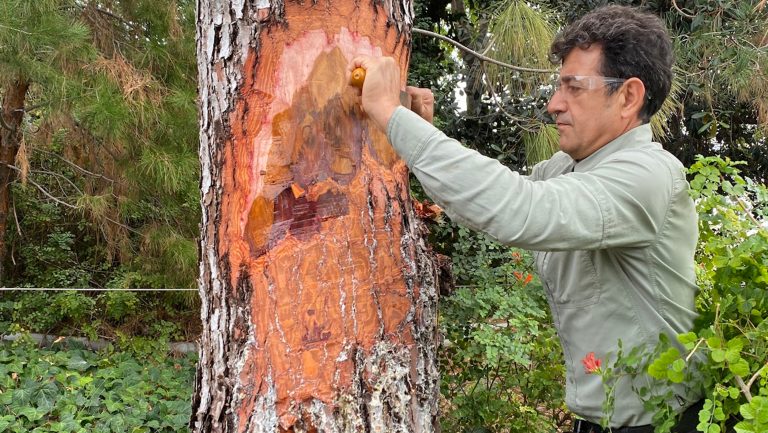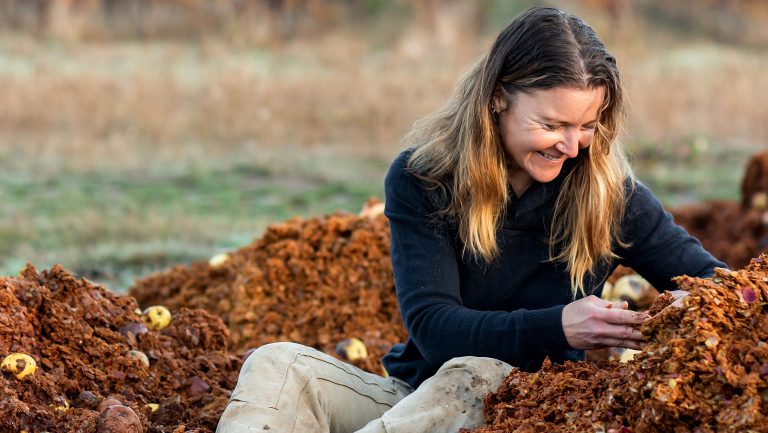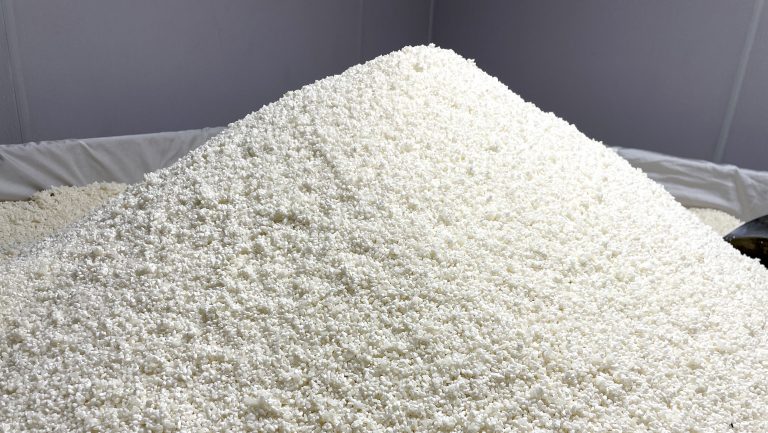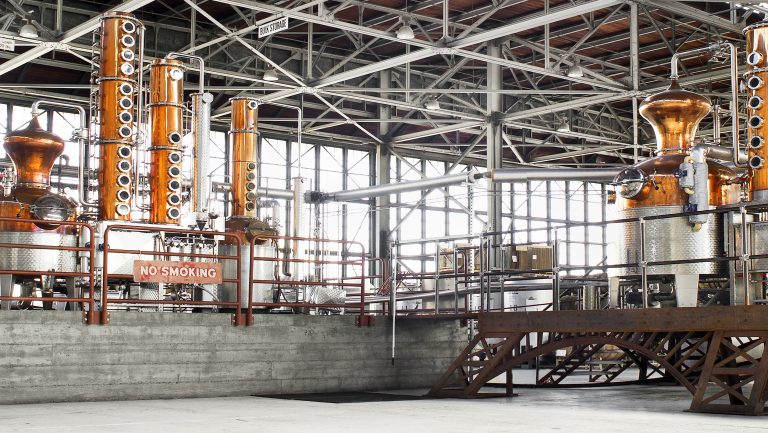Michael Völker hasn’t tilled his soil in nearly seven years. He hadn’t intended to bypass tilling altogether, but after tinkering with countless types of compost, he began to notice some changes. Völker, one half of the winemaking duo 2NaturKinder in Franken, Germany, first spotted that his soil had taken on a richer hue a few years in. Then came the earthworms, followed by mushrooms. And several years later, he detected clusters of white powdery-looking flecks—a sign that Völker’s soil was finally happy.
As winegrowers look for creative ways to ward off the impacts of climate change, some age-old methods are showing up when least expected. By leaving the deeper layers of soil untouched, Völker allowed for the proliferation of mycorrhizal fungi that are anything but novel.
Mycorrhizal fungi established a survival plan nearly 400 million years ago, when they evolved a mutually beneficial relationship with plants that allowed them to increase their longevity. These fungi, made up of filaments and mushroom fruiting bodies (the stem and cap), attach to a plant’s roots and live off its carbohydrates. In turn, it helps the roots absorb more water, phosphorus, nitrogen, and other chemical compounds essential for healthy vines.

Don’t miss the latest drinks industry news and insights. Sign up for our award-winning newsletters and get insider intel, resources, and trends delivered to your inbox every week.
As they grow, the root-like threads, called mycelium filaments, which are thinner than a vine’s roots, descend deeper into the soil, surpassing the roots. In some cases, mycorrhizal fungi can expand a plant’s root systems by as much as 700 times. This symbiotic relationship, called mycorrhiza, is present in at least 90 percent of all land plants, but viticulturists have caught on that if they take a regenerative approach to their farming, they may be able to harness the positive impacts of mycorrhizae for their vines.
An Answer to Vineyard Diseases
Most viticulturists see fungus as a bad thing; downy mildew and black rot can eviscerate an entire harvest. And while wine pros often learn about the beneficial impacts of Botrytis cinerea, it’s not the only fungal association that can bring good news to winemakers. Mycorrhizae encourage vines to be more resilient in the face of increased strain from disease, pests, and rising temperatures. Akif Eskalen, Ph.D., a researcher of plant pathogens at UC Davis’ Applied Research Department, has dedicated his career to examining how these pathogens are becoming increasingly aggressive. He explains that for a disease to gain traction and become endemic, the perfect set of factors must exist; the disease, or pathogen, needs a host and an ideal environment. Hosts build up a tolerance over time, but when there’s a shakeup of one of the factors—inclement weather, for example—the chances of plant diseases skyrocket.
“Fungi can spread their spores, but plant viruses cannot move on their own,” says Dr. Eskalen. “They need a vector—sometimes humans, often insects. Because of climate change, we are seeing an increase in vector activity.” Plants that were once able to avoid certain diseases are now being overloaded with more aggressive strains.

This is where the beneficial mycorrhizae fight back. By bulking up the nutrients in the plant and helping vines strengthen themselves against increased disease and pests, the vines have a better chance of survival. Just as exercise and a balanced diet are bonafide tactics to improve a person’s well-being, mycorrhizae help to bolster a vine’s health by giving it extra power to ward off disease.
Mark Stüttler, the founder and director of the Mushroom Research Center of Austria, explains that in addition to increased nutrient intake, mycorrhizae help vines to retain water an average of two to three weeks longer than a vine that has seen no mycorrhizal colonization. Not only do mycorrhizae help plants absorb more water, but their presence encourages more efficient water intake. As temperatures increase and moisture decreases in winegrowing regions worldwide, encouraging mycorrhizae growth is a winegrowing boon.
Mycorrhizae Are Part of the Larger Picture
Due to the work involved, relying on mycorrhizae for increased vine health isn’t for the faint of heart, and it’s certainly not an overnight antidote for winegrowers looking for a quick fix. But for those who’ve already given sustainable farming a spirited attempt, it may be worth going the extra mile to encourage mycorrhizal colonization. This could manifest as eliminating artificial fertilizers, using cover crops to increase plant diversity, and keeping deeper layers of soil intact to not tear the fibers that could take years to grow back.
“When the capacity to make claims about varietal typicity or elegance is associated with a particular climate, you need to address that issue.” – Mimi Casteel, Hope Well
Each of these practices help encourage mycorrhizae, but it’s up to the viticulturists to develop a regenerative approach, and adoption has been slow: While worldwide adoption of no-till methods has increased by 92.9 percent from 2009 to 2019, the USDA estimates that no-till farming makes up only 21 percent of cultivated cropland in the United States.
If the impacts of climate change haven’t been enough to startle viticulturists into adopting regenerative practices yet, Mimi Casteel, an ecologist and winemaker at Hope Well in Oregon’s Willamette Valley, is still hopeful. “When the capacity to make claims about varietal typicity or elegance is associated with a particular climate, you need to address that issue.”

Mycorrhizae-nourished biofertilizers are readily available, which help encourage the fungus to grow. But mycorrhizae are more than happy to develop under ambient conditions, as Völker has discovered. “They need a very lively, healthy soil full of good microorganisms to live,” explains Völker. “They’re not going to survive in a dead piece of clay.”
Casteel stresses that while mycorrhizae growth is an ancillary effect of healthy soil, the focus should be on the bigger picture. “Mycorrhizae are definitely a part of what a functioning ecosystem needs to be strong. And it’s just one piece of that. The real conversation is about how we make these systems whole again.”

Dispatch
Sign up for our award-winning newsletter
Don’t miss the latest drinks industry news and insights—delivered to your inbox every week.
Lauren Johnson-Wünscher is a wine and food writer based in Berlin, Germany. She holds an MBA in International Wine Business and WSET Level 3 Certification.







